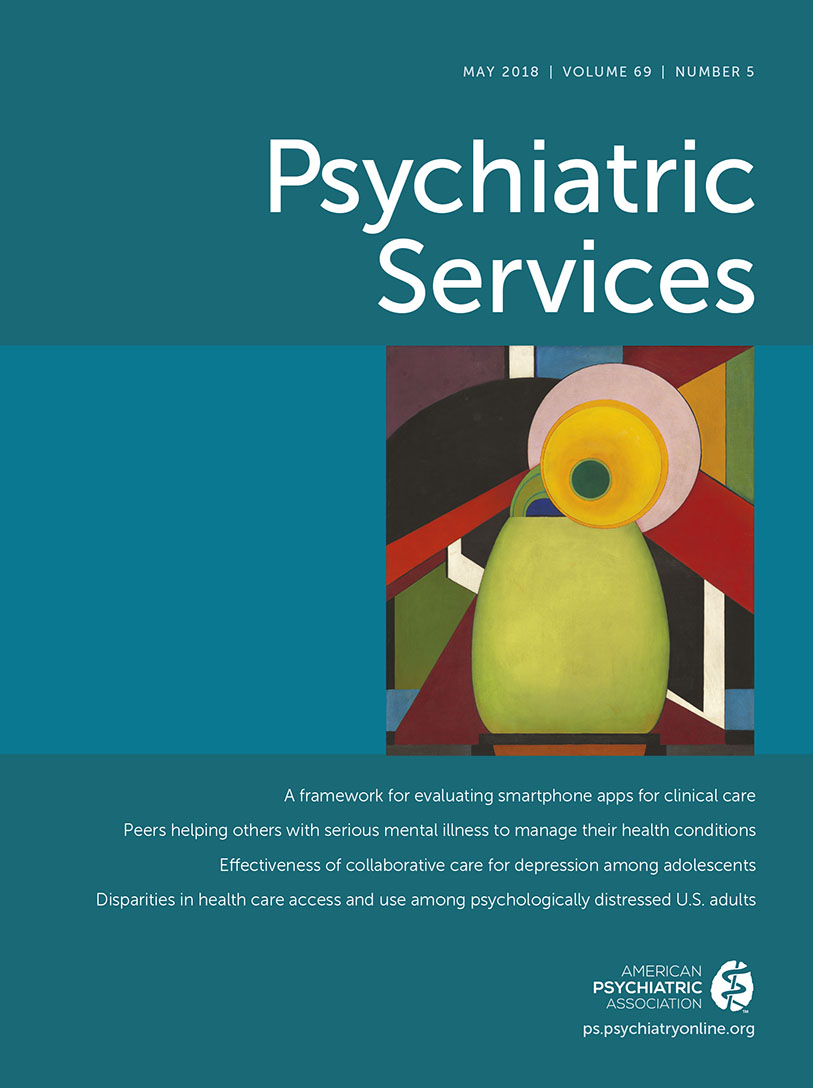Effectiveness in Regular Practice of Collaborative Care for Depression Among Adolescents: A Retrospective Cohort Study
Abstract
Objective:
Depression is common among adolescents, but many lack ready access to mental health services. Integrated models of care for depression are needed, along with evidence to support their use in regular practice. The authors examined the effectiveness of an ongoing collaborative care program for depressed adolescents embedded in a busy primary care practice.
Methods:
This retrospective cohort study assessed EMERALD (Early Management and Evidence-based Recognition of Adolescents Living with Depression), a collaborative care program. All patients ages 12–17 and age 18 and still in high school with a score of ≥10 on the nine-item Patient Health Questionnaire for Adolescents (PHQ-9A) and without a diagnosis of bipolar disorder were eligible. The sample included 162 EMERALD participants and 499 similarly eligible non-EMERALD patients. Outcomes were six-month remission of depression (score <5) and six-month treatment response (>50% reduction from baseline) as measured by the PHQ-9A. Analyses included logistic regression and propensity score matching to adjust for differences in demographic factors and number of contacts-observations.
Results:
After propensity score matching, EMERALD patients had better adjusted rates of depression remission (11 percentage points higher, p=.035) and treatment response (14 percentage points higher, p<.001) than comparison patients. Results from primary analyses were as conservative as or more conservative than results from all sensitivity analyses tested.
Conclusions:
Collaborative care for adolescents in regular practice led to better remission and treatment response than usual care. Future studies could examine which groups might benefit most and flexible payment models to support these services.



